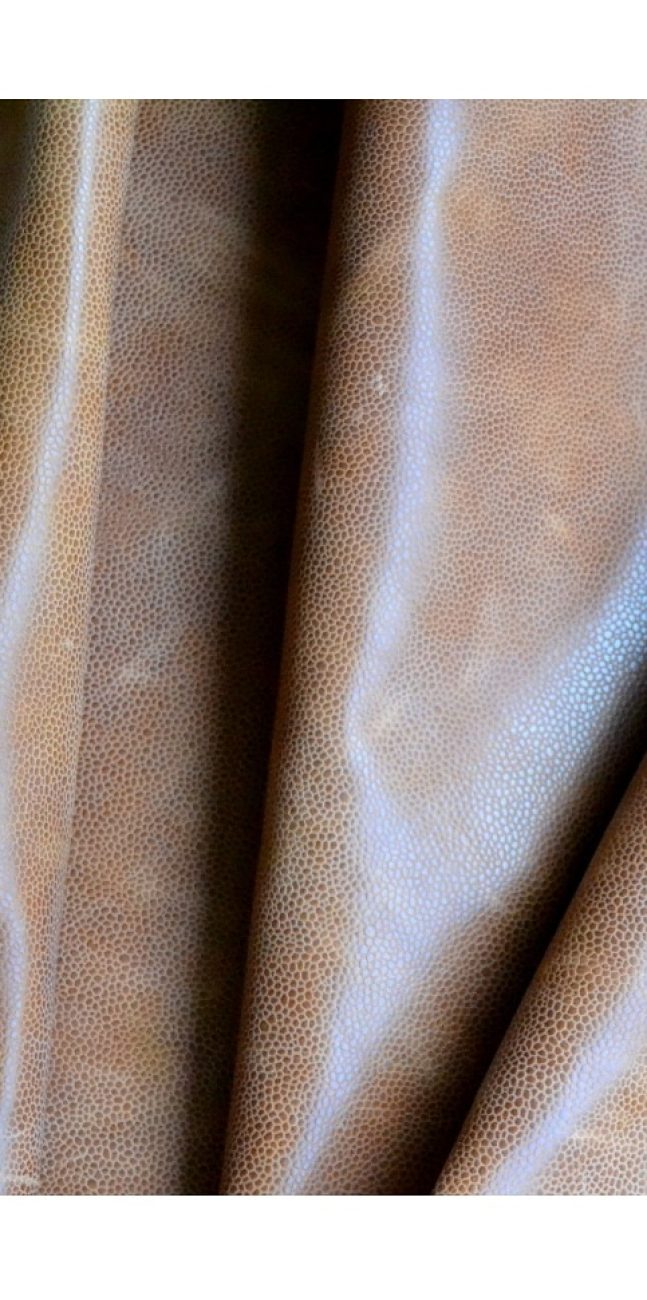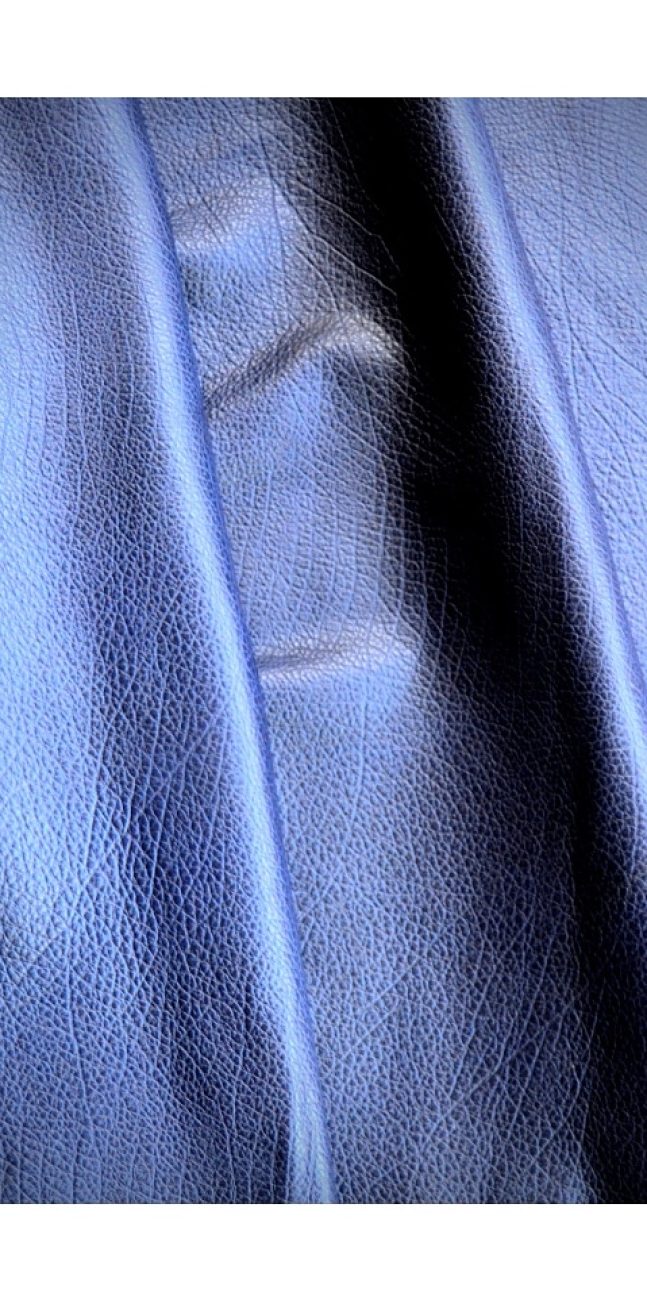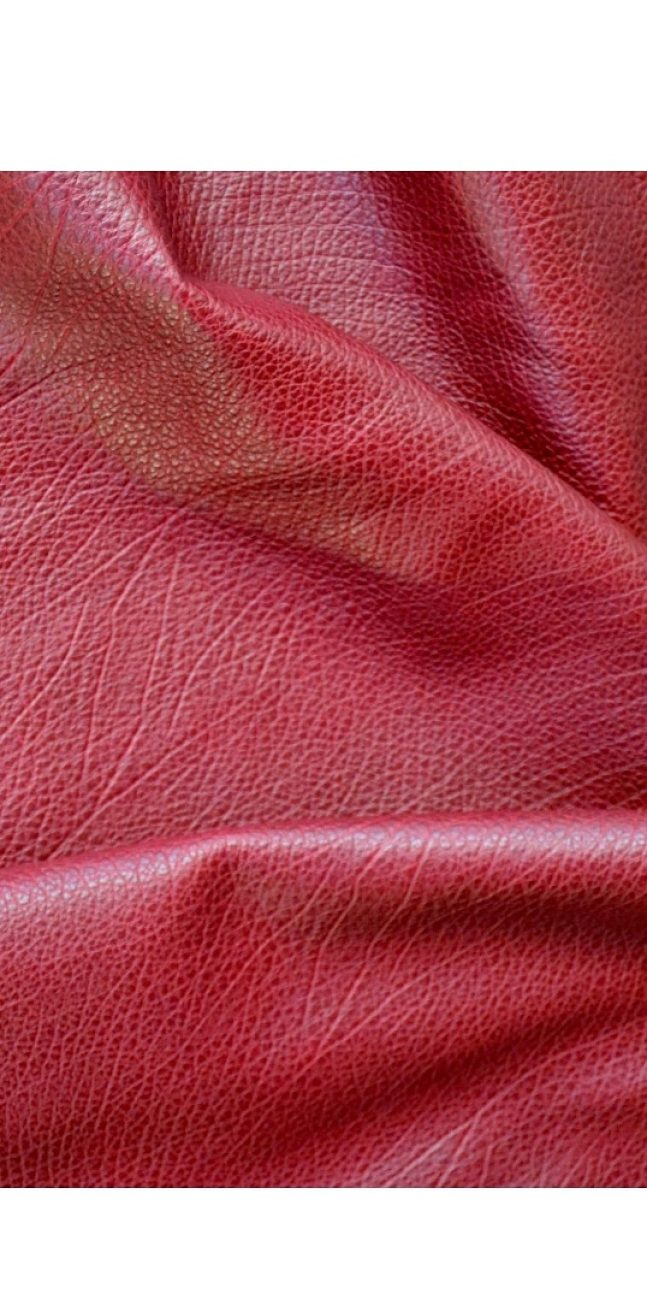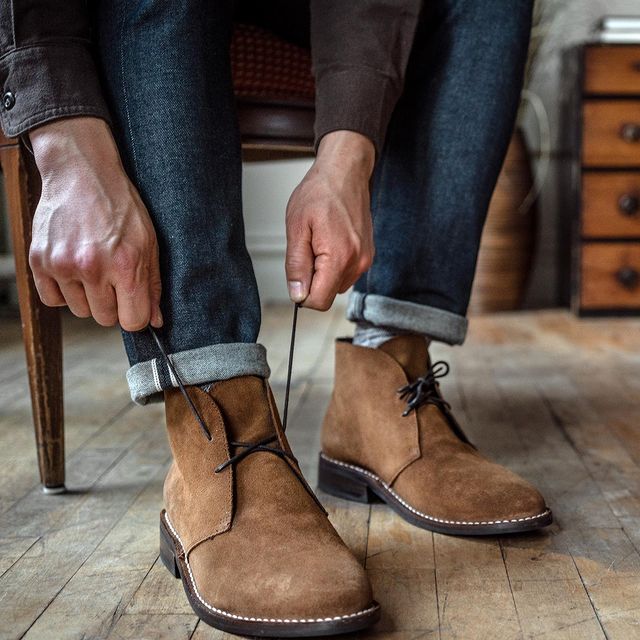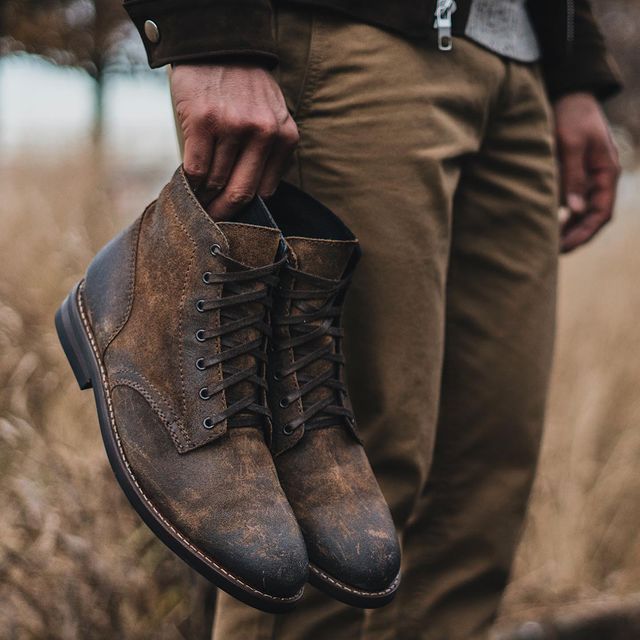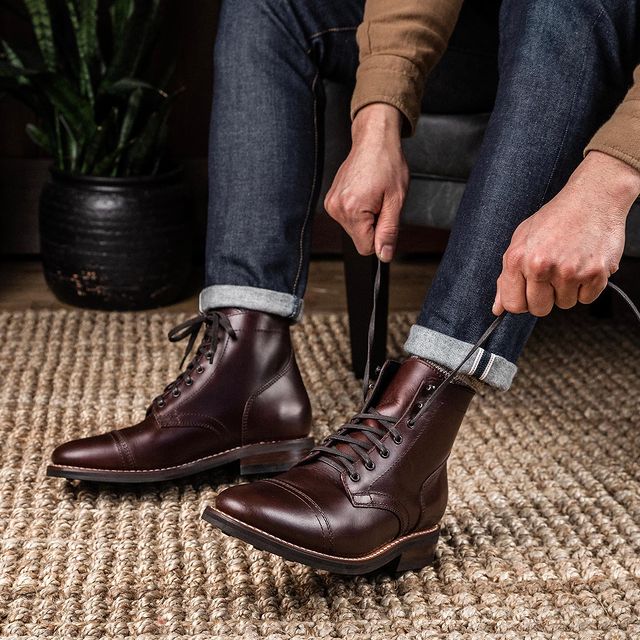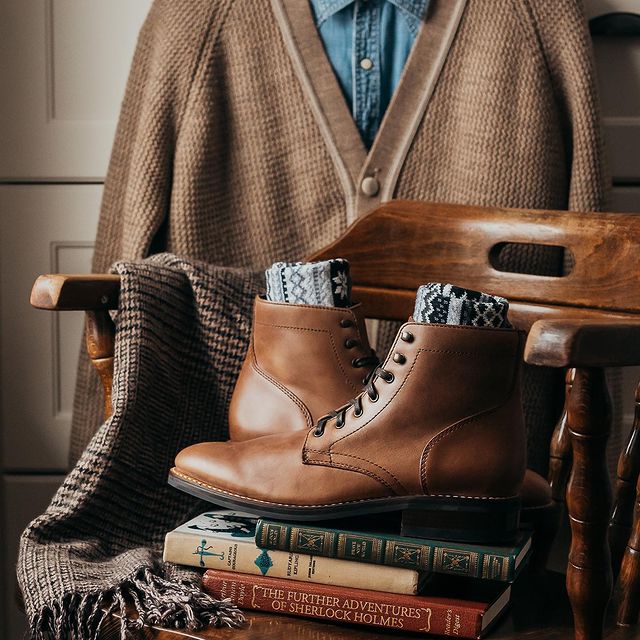CUERO STORY : CREATIVE HEAD SANJANA GIRAMKAR
Cuero is a luxury brand of bespoke made -to-measure leather shoes. Cuero aspires to bring comfort and style into each clients’ life through its meticulously hand-crafted customised shoes. The brand is an expression of Sanjana Giramkar, our owner’s belief in every person’s complete individuality - the spark of originality that cannot be replicated. It was the manifestation of her desire to change the way Indian men look at a pair of shoes - to transform the mindless, utilitarian perspective of men’s footwear in India, into a seasoned understanding of shoes and their aesthetic significance in one’s life.
Cuero, meaning ‘leather’ in Spanish, is so named because it celebrates the beauty and dignity of leather as the time-honoured medium of the ancient craft of shoemaking. To a crucial extent, the elegance and durability of a shoe largely depends on the quality of its leather. Cuero in its nomenclature stands for the absolute care and consideration that is taken in the contemplative process of choosing the right kind of leather.
Cuero’s craftsmen are third generation shoemakers, intrinsically gifted men, whose skill and dexterity comes from a long history of expertise. Every pair of bespoke Cuero’s undergoes a careful, loving method of manufacture that comes right from the hearts of our craftsmen. It is a true expression of love for their revered, long-standing craft. It is this deep-rooted love that makes our creations special.
Our Process
A perfect fit is the desire of both the customer and the shoemaker. Making a bespoke pair of shoes entails gathering as much precise information as is possible about its wearer’s feet, as no two feet are exactly the same. Measuring, therefore, is the fundamental first step to making the perfect pair of shoes. It involves four dimensions- length, width, height and circumference. The shape of the individual feet is also observed- the inclines, the arches, the position of the ankle, and the strength of the heel. Measurement also involves a discussion with the customers about the nuances related to their health and lifestyle – a person suffering from diabetes must wear slightly loose footwear, or a person who travels a lot requires shoes that are lighter and handier than others. At Cuero, we see measuring as an initiation into the family. We take pride in our painstaking measurements and relentless questions as indispensable ceremonies in the craft of shoemaking.
After the measurements are finalized and the choice of style and colour has been made, the chosen leather goes to the craftsman to be marked and cut out. Each length of leather is checked thoroughly for defects, and stretched to determine its elasticity. The patterns are laid on to the leather, measured, and cut out carefully. The various parts of the shoe, once cut, are marked with the customer’s name, tied together, and sent forth for the assembly of the upper.
While making the upper, the first step is to mark the edges where the parts will be joined, and where the decorations and eyelets are to be cut and punched. The edges that will be sewn together are pared down – a process called skiving – so that a ridge isn’t formed due to double thickness. This is also the stage wherein the craftsman punches in the eyelet holes and brogue pattern. No pattern is marked for the artistic, geometric perforations; the craftsman relies on his good eye and instinctive feel, acquired after years of experience. Brogueing is done along the seam and on the toe cap, as the design dictates. A sewing machine is used to stitch the uppers together. The completed upper is reinforced with an adhesive rubber solution and leather lining. After removing the traces of rubber solution from the perforations, the upper is sent forward to the next stage.
The assembled upper now finds its way to the shoemaker’s bench, where it is placed with the materials for the lower section of the shoe, as well as the made-to-measure last. Thus begins the construction of the shoe; the craftsman gives the leather of the upper a three-dimensional shape by fitting it over the last. He makes the insole, the sole, the welt, the counters, the toe cap and the heel lift – all the sections of the lower part of the shoe. The insole is then nailed to the last, and the upper is fixed onto the insole with pliers. The craftsman then stitches the upper and insole together with stiff, strong cobbler’s thread (usually hemp); the nature of the stitches depends on whether the shoe is welted or double stitched.
A shoe may be single-soled or double-soled. In the former, the outsole would be stitched directly to the welt. The latter has a midsole glued to the welt, and the outsole is stitched on subsequently. An important initial step in soling is the fitting of the shank spring and cork reinforcement in the hollow space left due to the upper and the welt. Sole-stitching is a delicate procedure, as the craftsman must ensure that the thread is pulled through with the same amount of force for every single stitch. The heel is also constructed in this phase. It is made from several layers of leather, and constructed in a way that the curvature and height of the left and right heel matches perfectly, with no room for discrepancy. The various layers of the heel are attached one by one to the welt, each undergoing a process of hammering, roughening, and layering with adhesive. The outside of the heel is cut away with a sharp knife, in a way that the inner ankle forms a 90 degree angle with the ground. Lastly, the sole and the heel are cleaned, polished and decorated in accordance with the style of the shoe. After the sole and the heel are determined to be faultless, the craftsman takes out the last with an iron hook. The last is preserved carefully to make shoes for the same customer. The inside of the shoe is filed and covered with a softer lining,stamped with Cuero’s symbol. Arch supports, if preferred, are inserted at this stage.
A pair of shoes never looks as immaculate as when it is first purchased. In the finishing phase, the surface of the shoe is ironed with an anvil tool. The finger marks of the shoemakers are removed with soft flannel and lukewarm water. Each tiny detail, including smoothing, applying the shoe cream, and polishing the upper, is given complete attention. Every workshop has its own secret method of finishing, as does Cuero, to ensure that the finished pair of shoes has a perfect, mirror-like gloss. The laces are then woven dexterously into the eyelets, the pattern depending on the style of the shoes. Last of all, the shoes are nestled carefully into their specially-designed boxes, accompanied by the shoe trees and two drawstring linen bags – ready and waiting to be sent out to the customer.


